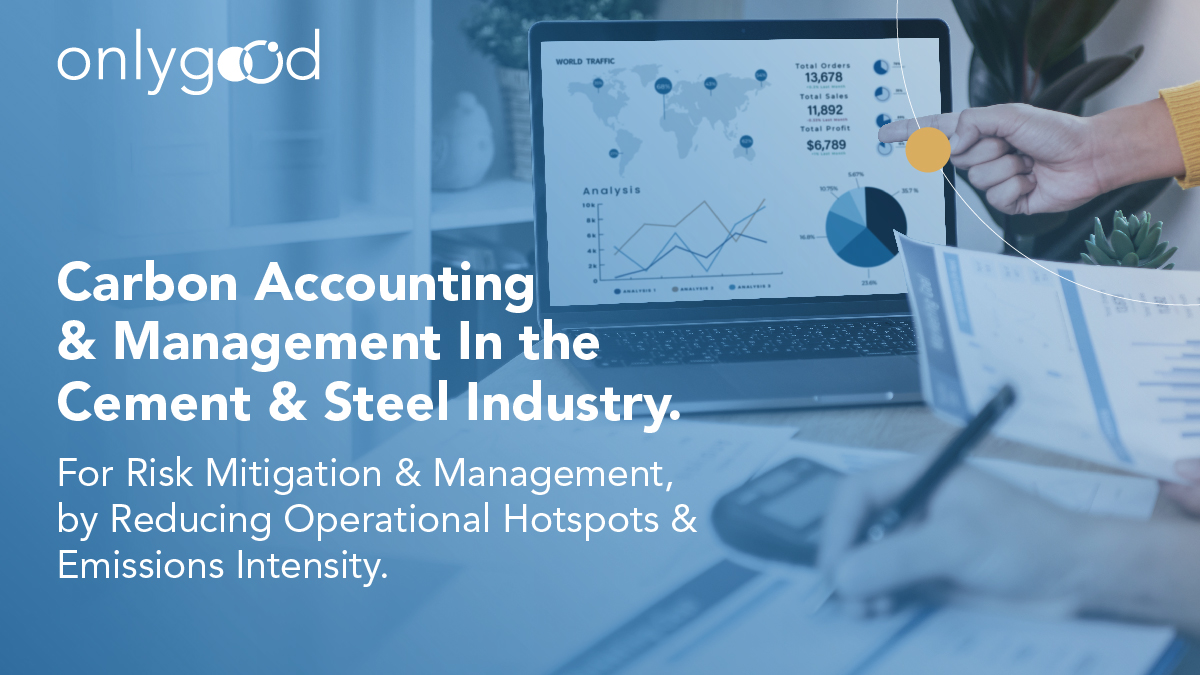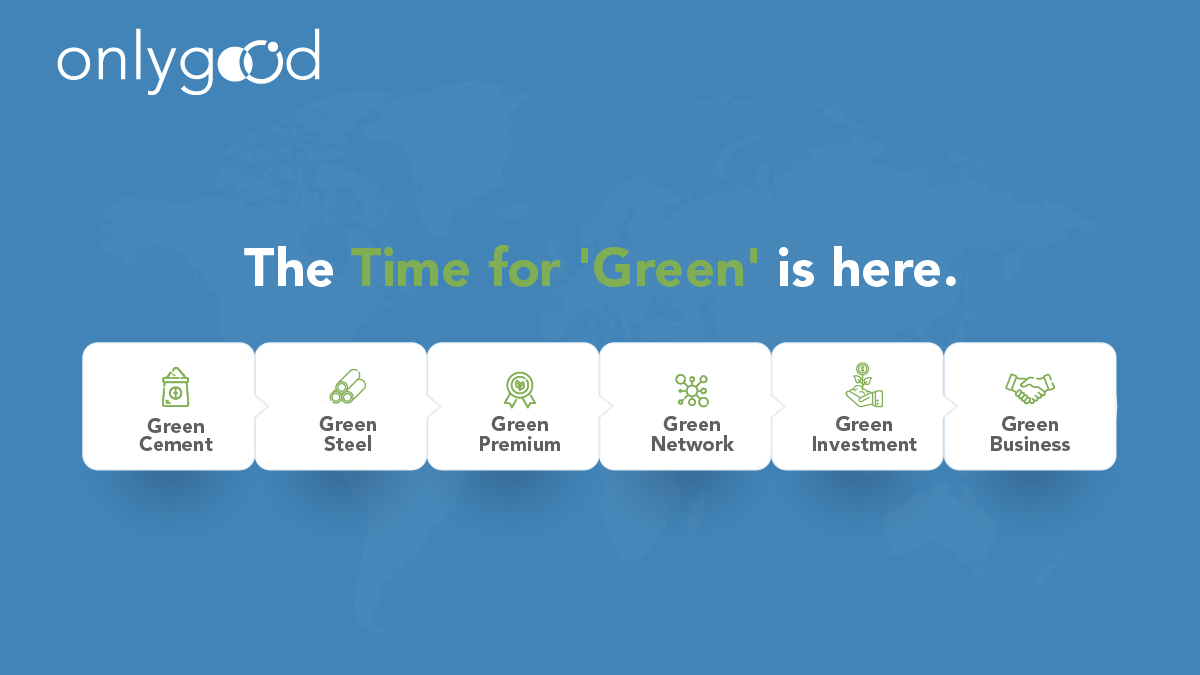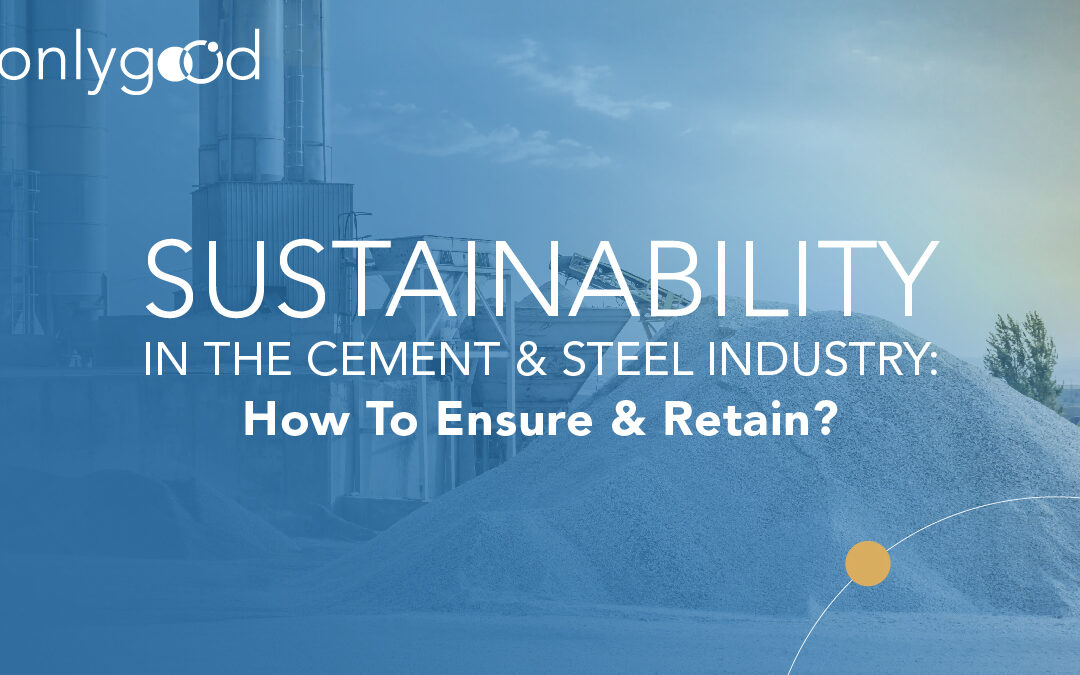Steel and Cement are an integral part of the rapidly changing world. Steel is found in almost everything like automobiles, furniture, utensils and so forth. Cement is the most important component in construction nowadays and it is the most used component after water. Production of steel and cement also cause carbon emissions. Fossil fuel is also used greatly in making steel and cement by producing intense heat & raising temperatures.
It is estimated that coal and cement production causes more than 50 percent of industrial carbon emissions. As of April 2022, India was the world’s second-biggest maker of steel, with a result of 10.14 metric tonnes. The development in the Indian steel area has been driven by the homegrown accessibility of unrefined substances like iron metal and labour.
Strengthening International Collaboration with Governments and Technology Suppliers.
Role of the steel sector has been great to India’s manufacturing output. Consumption of steel will rise up to 230 MT by 2030-31 in India. The industry is experiencing international collaboration with government and technology suppliers. Under the Union Budget 2022-23 government allocated $6.2 millions to the Ministry of Steel. Cement industry also surges because of huge allocation to infrastructure in Union Budget 2022-23 and Transportation expansion by PM Gati Shakti Yojana. It is observed that FDI flows in the industry reach $5.8 billion between 2000 to 2023.
Innovation Grants & semi-public Partnerships & Price-support to low-carbon steel & cement producers.
In both these industries, innovation grants will also be given to raise their standard of work. Recently in October 2022, Ultratech announced that it has been granted Environmental Product Declaration for their cement products. Government announce several construction works and came into partnership with Cement companies to benefit both the parties. Fund schemes announce in the market to distribute funds and initial monetary assistance to steel companies with some eligibility criteria to spread green products range in the market.
Sector-wise Decarbonization pathways must be embedded systemically.

Production of steel and cement cause carbon emissions. Fossil fuel is also used greatly in making steel and cement by producing intense heat & raising temperatures. These carbon emissions deteriorate our climate drastically, so both the government and private sector need to find environmentally friendly ways to produce steel and cement products. It’s become essential to invest in the Research & Development department to produce green steel and cement.
Generation & Implementation of a Carbon Pricing Protocol.
Governments need to put some pricing as penalties for steel and carbon industries for the carbon emission they are responsible to produce. It discourages companies from producing more emissions and it becomes essential for them to find other ways out for production like green and sustainable products.
Carbon Accounting & Management

Over the past decade, total CO2 emissions from the cement and steel sector have risen, largely owing to increases in steel and cement demand and the required energy for production. Innovative technologies for primary production need to be developed at commercial scale and begin deployment before 2030. Many private-sector and non-governmental actors in the industry are beginning to take important steps towards transitioning to a zero-emission steel and cement industry to make sure to reduce carbon.
Leverage Your Business Today by Incorporating a Standard, Scientific & Sustainability Driven Adaptation to Carbon Accounting & Monitoring with Onlygood

As carbon reduction is becoming essential for companies nowadays, you can incorporate sustainability and carbon accounting with Onlygood. Onlygood can be a lifesaver for many businesses by making them sustainable as we have specialization in carbon reduction and maintaining sustainability with technology & innovation.
Take the free Carbon Calculator Demo and start your Sustainability Journey Today!

